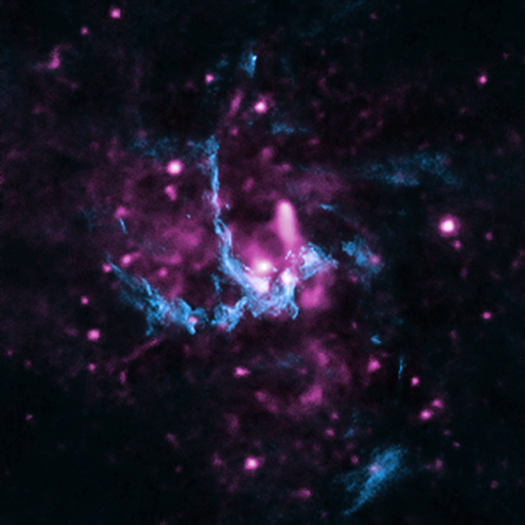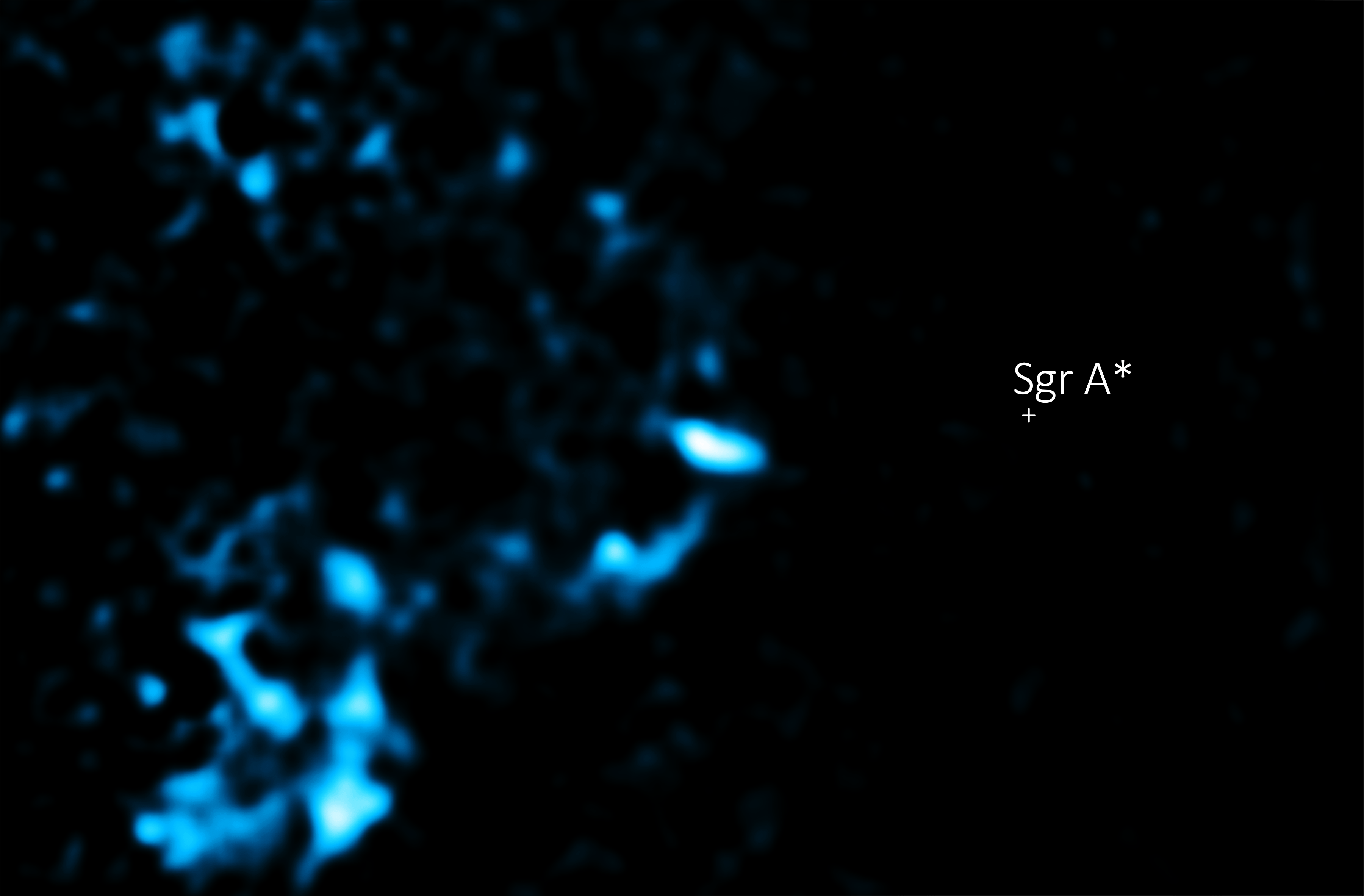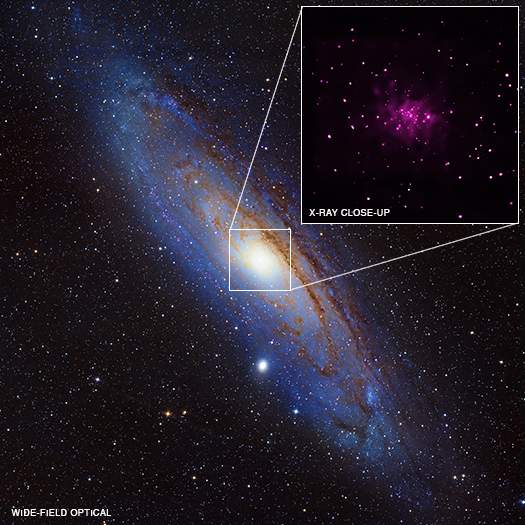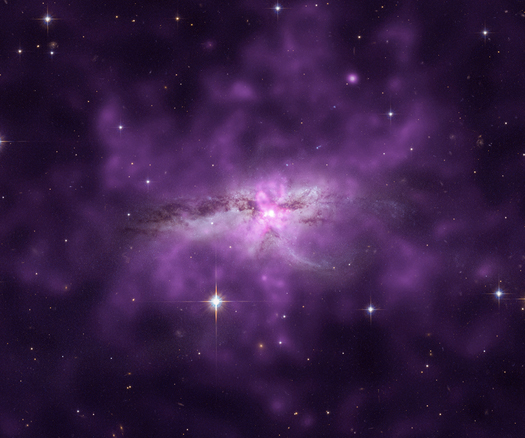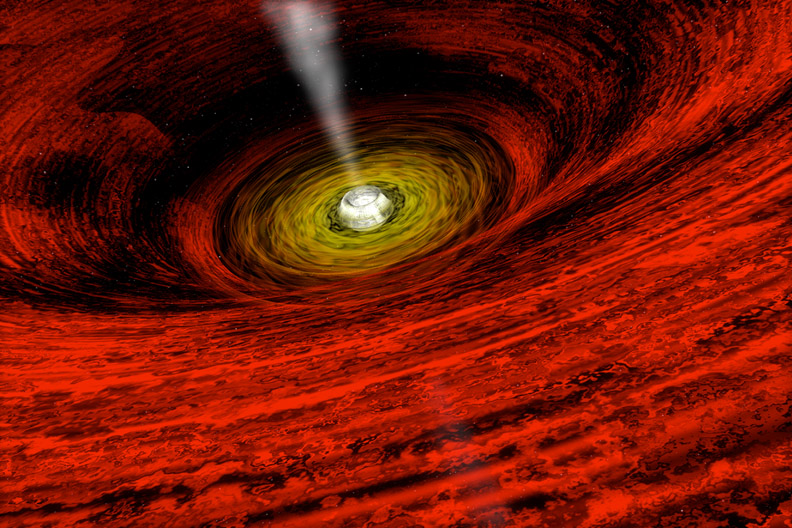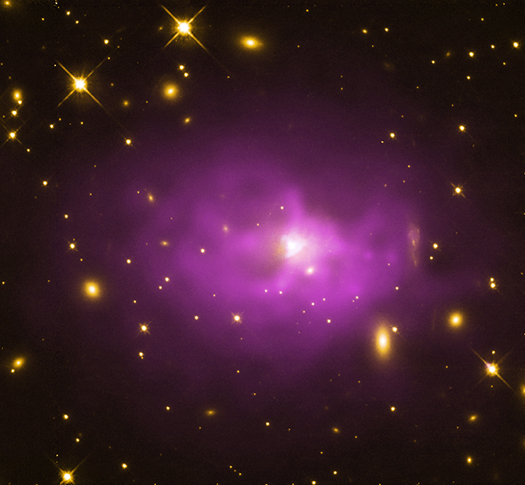Blog Posts on a Black Hole Ripping Apart a Star
Submitted by chandra on Tue, 2014-01-07 09:11We are delighted to welcome guest blog posts from Peter Maksym from the University of Alabama and Davide Donato from NASA’s Goddard Space Flight Center (GSFC). These posts give more information about our new press release concerning evidence for a black hole ripping a star apart in a dwarf galaxy. Peter and Davide led two independent studies of this exciting find. We begin with Peter’s blog post.


